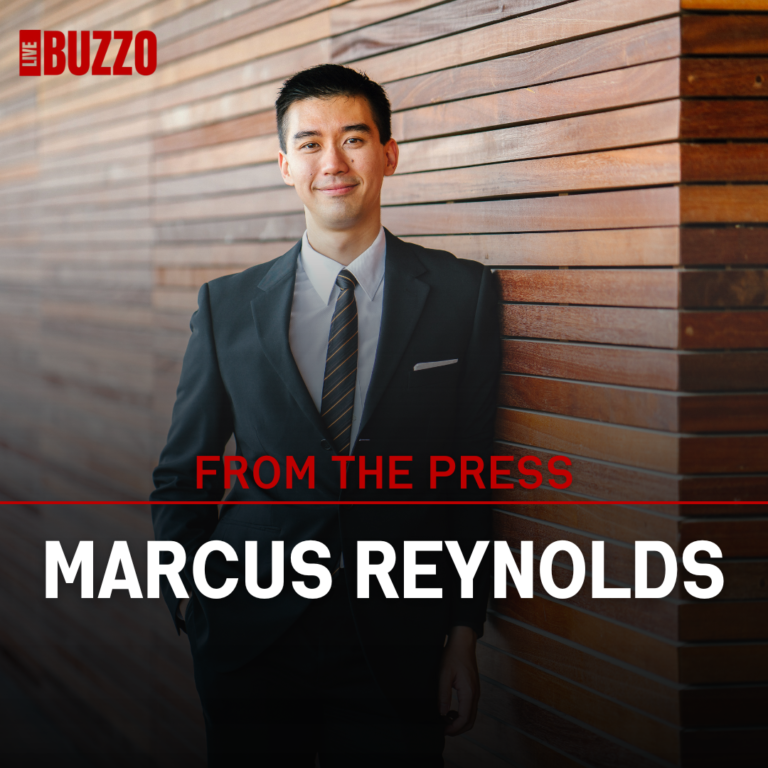In today’s rapidly evolving world, education methods are at the forefront of discussions about how best to equip future innovators. As the landscape of learning shifts under the influence of technology and societal demands, a key question arises: which approach—traditional or modern—most effectively prepares students to thrive in a complex environment? This article explores the core principles of traditional and modern learning, examining their respective impacts on future innovators.
Understanding Traditional Learning
Traditional learning, often characterized by a teacher-centric approach, has been the foundation of education for centuries. This method is based on structured curricula, standardized testing, and rigorous assessment, providing students with a solid grounding in essential knowledge and skills. Key features of traditional learning include:
- Structured Curriculum: Students follow a predetermined set of subjects, often focusing heavily on memorization and rote learning.
- In-Person Instruction: Face-to-face interactions in a classroom setting allow for immediate feedback and personal engagement between educators and students.
- Discipline and Routine: A strict schedule fosters discipline and time management, crucial skills for both academic and professional success.
While proponents argue that traditional learning builds foundational skills necessary for advanced study, critics contend that it may stifle creativity and critical thinking. In a world where innovation thrives on flexibility and entrepreneurial spirit, this approach faces scrutiny.
Embracing Modern Learning
On the flip side, modern learning challenges the conventions of traditional education. This learner-centric approach incorporates technology, collaboration, and real-world problem-solving into the educational process. The distinguishing characteristics of modern learning include:
- Flexible Curricula: Students can often choose subjects that align with their interests and career aspirations, fostering a love for lifelong learning.
- Technology Integration: Tools like online resources, simulations, and interactive platforms create an engaging and personalized learning environment.
- Collaborative Projects: Emphasis on teamwork and communication builds interpersonal skills that are increasingly valuable in today’s workforce.
Advocates of modern learning argue that it nurtures creativity and adaptability, qualities essential for innovation. However, detractors may point out the potential lack of foundational skills that can result from a focus solely on student interests.
The Role of Balance: A Pragmatic Perspective
Navigating the debate between traditional and modern learning requires a balanced approach. As Marcus Reynolds highlights in his editorial work, the goal should not be to choose one method over the other but to combine the strengths of both to create a holistic educational experience.
Creating Future Innovators
In fostering future innovators, education must prioritize:
-
Critical Thinking: Both approaches can integrate critical thinking exercises—traditional methods can do this through debates on historical events, while modern methods often invite analysis of contemporary issues.
-
Interdisciplinary Learning: A blend of subjects ensures that students see the connections between different fields, encouraging innovation.
-
Social Responsibility: Courses that address real-world challenges, such as climate change or economic disparities, can inspire students to develop solutions that are both practical and responsible.
- Lifelong Learning Mindset: Incorporating elements from both approaches helps students become adaptable thinkers ready to navigate an unpredictable future.
Conclusion
The question of whether traditional or modern learning is the optimal path for shaping future innovators is complex. By recognizing the value inherent in both methodologies, educators and policymakers can create a more effective and inclusive educational framework. As Marcus Reynolds would advocate, fostering dialogue among stakeholders—teachers, parents, students, and the community—will ultimately lead to solutions that reflect evidence-based best practices, striking a harmony between tradition and innovation.
In the end, the future lies not in choosing one path over another but in harmonizing the strengths of both to develop well-rounded, innovative thinkers prepared to tackle global challenges. Embracing this dual approach will ensure that the leaders of tomorrow are equipped with the knowledge and creativity needed to transform our world.


